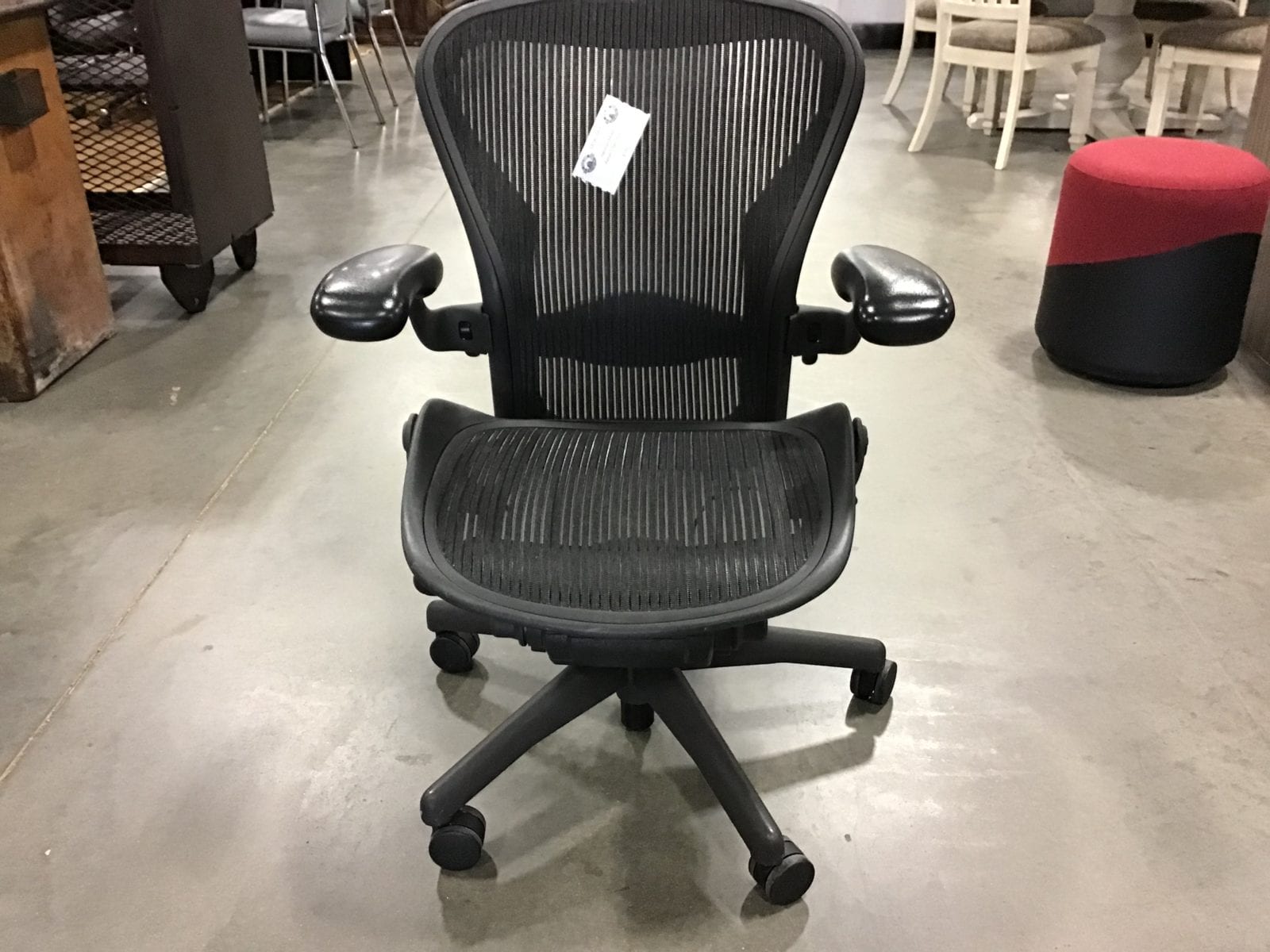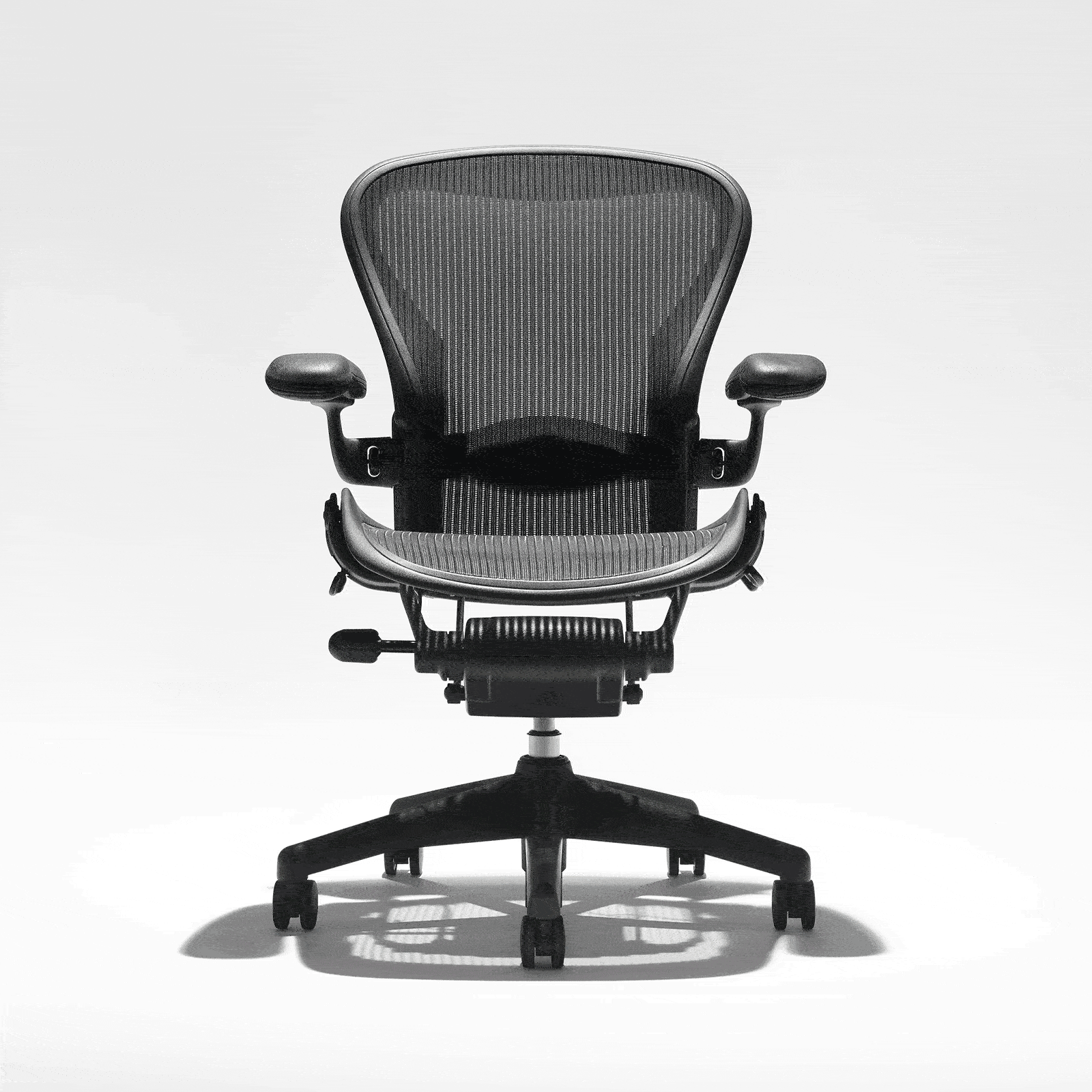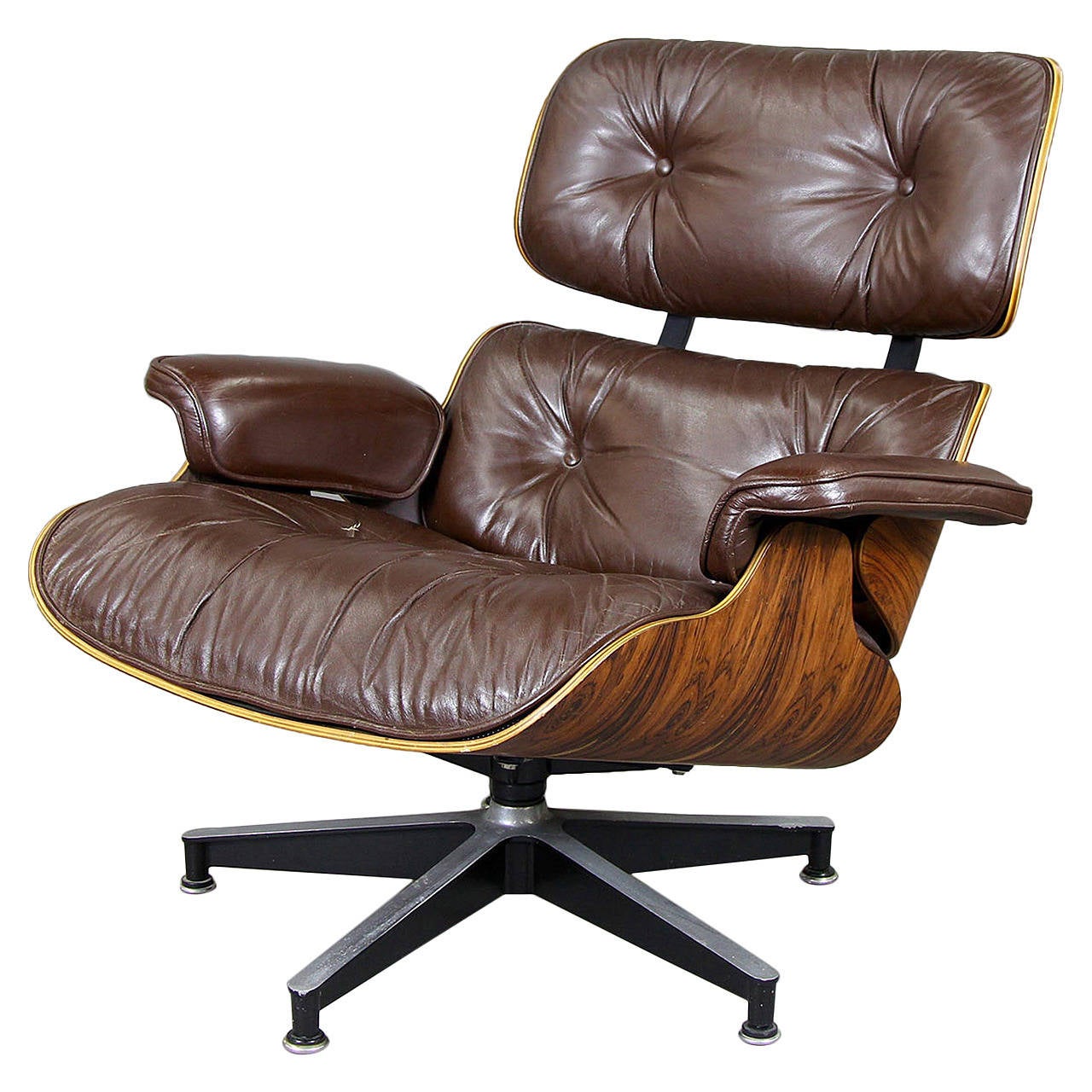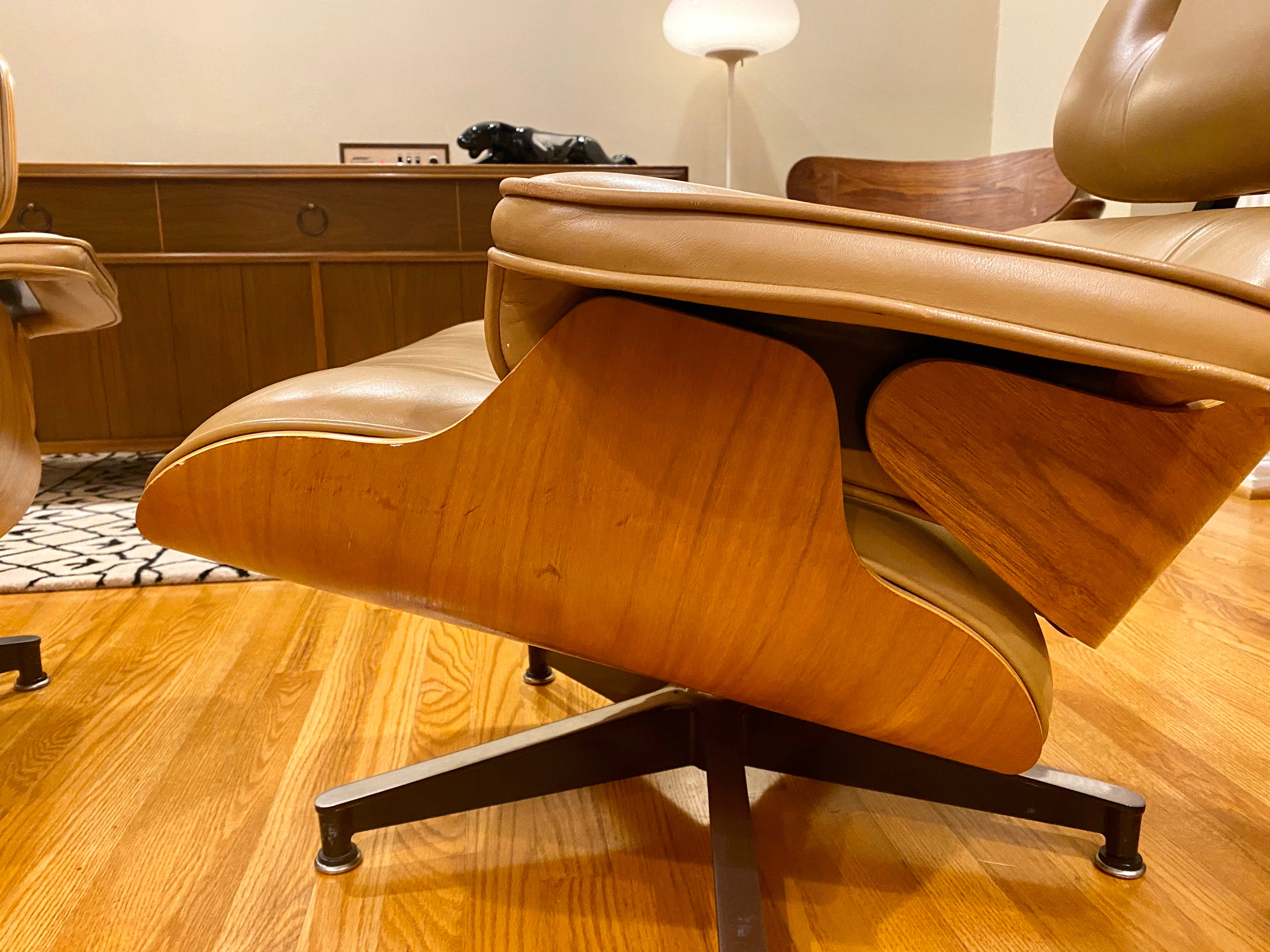History and Origins

Mid-century modern furniture, a style that emerged in the mid-20th century, reflects a period of significant social and cultural change. This era witnessed a shift in design philosophy, embracing functionality, simplicity, and clean lines. It was a time of innovation and experimentation, where designers challenged traditional aesthetics and explored new materials and techniques. Herman Miller, a leading furniture manufacturer, played a pivotal role in shaping this movement, collaborating with renowned designers to create iconic pieces that continue to inspire and influence contemporary design.
Herman Miller’s Role in Mid-Century Modern Design
Herman Miller, founded in 1905 by D.J. De Pree, initially focused on office furniture. However, the company’s trajectory changed dramatically in the mid-20th century. De Pree’s vision was to create furniture that was not only functional but also beautiful and inspiring. He believed that good design could improve people’s lives and create a more positive work environment. This philosophy resonated with the emerging trends of the mid-century modern movement, which emphasized human-centered design and the importance of form and function.
The Company’s Founding Principles and Growth
Herman Miller’s founding principles were rooted in innovation, quality, and a commitment to design excellence. The company’s early success was driven by its focus on creating durable and functional furniture for offices and homes. In the 1940s, Herman Miller began to embrace the principles of mid-century modern design, collaborating with influential designers like George Nelson, Eero Saarinen, and Charles and Ray Eames. These collaborations resulted in iconic pieces that redefined furniture design, including the Eames Lounge Chair and Ottoman, the Saarinen Tulip Chair, and the Nelson Platform Bench.
Notable Designers and Their Contributions, Mid century modern herman miller chair
- George Nelson: Nelson was a prolific designer who joined Herman Miller in 1945. He brought a unique vision to the company, focusing on modularity and flexibility in furniture design. His iconic designs include the Nelson Platform Bench and the Nelson Bubble Lamps. These pieces were known for their simplicity, clean lines, and adaptability to different spaces. Nelson’s approach to design was heavily influenced by his background in architecture, which he seamlessly integrated into his furniture designs.
- Eero Saarinen: Saarinen was a Finnish-American architect and industrial designer who collaborated with Herman Miller on several significant projects. He was known for his sculptural and organic designs, which often incorporated innovative materials and techniques. His most famous design for Herman Miller is the Saarinen Tulip Chair, a single-pedestal chair that embodies the elegance and simplicity of mid-century modern design. The chair’s distinctive form and the use of molded plastic in its construction were revolutionary for the time.
- Charles and Ray Eames: The husband-and-wife design duo, Charles and Ray Eames, are considered among the most influential designers of the 20th century. They collaborated with Herman Miller on a wide range of furniture designs, including the Eames Lounge Chair and Ottoman, the Eames Molded Plywood Chairs, and the Eames Wire Chairs. Their designs were characterized by their functionality, comfort, and innovative use of materials. The Eames Lounge Chair and Ottoman, for example, became a symbol of modern living, combining comfort and sophistication in a single piece.
Design Philosophy and Key Characteristics
Mid-century modern furniture is characterized by its clean lines, simple forms, and emphasis on functionality. The designs often incorporate natural materials like wood, leather, and metal, reflecting a connection to nature and a desire for authenticity. Mid-century modern furniture also emphasizes comfort and ergonomics, with pieces designed to fit the human body and provide optimal support. The design philosophy of the movement was heavily influenced by the Bauhaus movement, which emphasized functionality, simplicity, and the use of new materials and technologies. This focus on functionality and simplicity was also driven by the post-war era, as people sought to create comfortable and efficient living spaces.
Iconic Herman Miller Chairs

Herman Miller has a rich history of producing iconic furniture, and their chairs are no exception. These chairs have become symbols of Mid-Century Modern design, gracing homes, offices, and public spaces around the world. Their enduring popularity is a testament to their timeless aesthetics, innovative design, and exceptional quality.
The Eames Lounge Chair and Ottoman
The Eames Lounge Chair and Ottoman, designed by Charles and Ray Eames in 1956, is arguably the most iconic Herman Miller chair. This chair epitomizes the Mid-Century Modern aesthetic, with its sleek lines, luxurious comfort, and innovative use of materials. The chair’s unique design features include a molded plywood shell, a padded leather cushion, and a sturdy aluminum base. The ottoman provides a perfect complement to the chair, offering a place to rest your feet and enhance the overall sense of comfort and relaxation. The Eames Lounge Chair and Ottoman have become a timeless classic, gracing homes, offices, and public spaces around the world.
“The Eames Lounge Chair and Ottoman was designed to be a place where you could relax and be yourself.” – Charles Eames
The chair’s design process was highly innovative. The Eameses experimented with different materials and techniques, ultimately settling on a combination of molded plywood, leather, and aluminum. The plywood shell is formed using a process called “laminating,” which involves bonding thin layers of wood together under heat and pressure. This process allows for the creation of complex curves and shapes, which contribute to the chair’s distinctive aesthetic. The leather upholstery is carefully chosen for its durability and comfort, while the aluminum base provides a sturdy and elegant foundation.
The Eames Lounge Chair and Ottoman has been used in a wide range of settings, from residential homes to corporate offices and public spaces. Its timeless design and exceptional comfort make it a popular choice for both formal and casual settings. The chair has been featured in numerous films, television shows, and magazines, solidifying its status as a cultural icon.
The Aeron Chair
The Aeron Chair, designed by Don Chadwick and Bill Stumpf in 1994, is a revolutionary chair that redefined the concept of office seating. It was designed with ergonomics in mind, featuring a flexible back, adjustable arms, and a breathable mesh seat. The Aeron Chair’s innovative design features include a unique suspension system that allows for air circulation and reduces pressure points, a forward-tilting seat that encourages movement, and adjustable arms that provide customized support.
“The Aeron Chair was designed to be a chair that could adapt to the individual user.” – Don Chadwick
The chair’s design process was driven by a desire to create a chair that could provide optimal comfort and support for extended periods of use. The Aeron Chair was one of the first chairs to utilize a mesh seat, which allows for air circulation and reduces pressure points. The chair’s adjustable arms and back provide customized support, while the forward-tilting seat encourages movement and helps to prevent fatigue.
The Aeron Chair has become a staple in offices around the world, and its innovative design has influenced the development of countless other office chairs. Its ergonomic features and timeless aesthetics have made it a popular choice for both home and office use.
The Barcelona Chair
The Barcelona Chair, designed by Ludwig Mies van der Rohe and Lilly Reich in 1929, is a masterpiece of modern design. This chair was originally designed for the German Pavilion at the Barcelona International Exposition, and it quickly became a symbol of modern architecture and design. The chair’s distinctive design features include a sleek chrome frame, a leather-upholstered seat and back, and a minimalist aesthetic.
“The Barcelona Chair was designed to be a chair that was both beautiful and functional.” – Ludwig Mies van der Rohe
The chair’s design process was heavily influenced by the Bauhaus movement, which emphasized functionality and simplicity. The Barcelona Chair’s sleek chrome frame is a testament to the movement’s focus on industrial materials and mass production. The chair’s leather upholstery adds a touch of luxury and comfort, while its minimalist aesthetic reflects the movement’s emphasis on form and function.
The Barcelona Chair has been used in a wide range of settings, from museums and galleries to homes and offices. Its timeless design and exceptional craftsmanship make it a popular choice for both formal and casual settings. The chair has been featured in numerous films, television shows, and magazines, solidifying its status as a cultural icon.
Design Principles and Aesthetics

Mid-Century Modern Herman Miller chairs are not just furniture; they’re a testament to a design philosophy that prioritized functionality, simplicity, and aesthetic elegance. These chairs embody the spirit of a transformative era in design, where form followed function, and innovation was celebrated.
Functionality and Simplicity
The design principles behind Mid-Century Modern Herman Miller chairs emphasized functionality and simplicity. The chairs were designed to be comfortable, durable, and adaptable to various spaces and uses. The focus was on creating chairs that were both visually appealing and practical, reflecting the modern lifestyle of the time.
- Streamlined Forms: The chairs often featured streamlined forms, with minimal ornamentation and clean lines. This approach aimed to eliminate unnecessary elements and create a sense of openness and airiness.
- Ergonomic Design: Ergonomics played a crucial role in the design of these chairs. Designers carefully considered the human body and its movements to ensure optimal comfort and support. This focus on ergonomics was particularly evident in chairs like the Eames Lounge Chair and the Aeron Chair, which were designed to provide exceptional comfort for extended periods.
- Modular Components: Some chairs, such as the Eames Aluminum Group, were designed with modular components, allowing users to customize the chair’s height, upholstery, and other features to suit their needs.
Organic Shapes and Geometric Patterns
Mid-Century Modern Herman Miller chairs often incorporated organic shapes and geometric patterns. This approach added visual interest and dynamism to the designs.
- Organic Shapes: Chairs like the Eames Lounge Chair and the Eames Plastic Chair featured flowing, organic shapes that evoked a sense of naturalness and comfort. The use of organic shapes also contributed to the chairs’ visual appeal and their ability to blend seamlessly with different interior styles.
- Geometric Patterns: Geometric patterns, such as grids, stripes, and triangles, were frequently used in the upholstery and frame designs. These patterns added visual interest and a sense of order to the chairs.
Influence of Bauhaus and Modernist Movements
The design principles behind Mid-Century Modern Herman Miller chairs were heavily influenced by the Bauhaus movement and other modernist movements. These movements emphasized functionality, simplicity, and the use of new materials and technologies.
- Bauhaus Influence: The Bauhaus movement, founded in Germany in 1919, emphasized the integration of form and function in design. This influence is evident in the streamlined forms, clean lines, and use of industrial materials that are characteristic of Mid-Century Modern Herman Miller chairs.
- Modernist Principles: Modernist movements, such as De Stijl and Art Deco, also contributed to the development of Mid-Century Modern design. These movements emphasized geometric forms, bold colors, and a focus on simplicity and functionality.
Examples of Design Principles in Herman Miller Chairs
“Less is more”
– This famous quote by Ludwig Mies van der Rohe, a prominent Bauhaus architect, perfectly encapsulates the design philosophy behind Mid-Century Modern Herman Miller chairs.
- Eames Lounge Chair: This iconic chair, designed by Charles and Ray Eames in 1956, exemplifies the principles of functionality, simplicity, and organic shapes. Its streamlined form, comfortable upholstery, and use of high-quality materials make it a timeless classic.
- Eames Plastic Chair: Introduced in 1950, the Eames Plastic Chair is another iconic example of Mid-Century Modern design. Its simple, geometric form, durable plastic shell, and stackable design make it a versatile and practical chair for various settings.
- Aeron Chair: While the Aeron Chair was designed in the late 20th century, it embodies many of the principles of Mid-Century Modern design. Its ergonomic design, breathable mesh fabric, and adjustable features prioritize comfort and functionality.
Legacy and Influence: Mid Century Modern Herman Miller Chair

The legacy of Mid-Century Modern Herman Miller chairs is a testament to their timeless design and enduring appeal. These chairs have not only shaped the landscape of furniture design but also continue to inspire contemporary designers and collectors alike.
Enduring Legacy and Impact on Contemporary Design
The enduring legacy of Mid-Century Modern Herman Miller chairs is undeniable. Their influence can be seen in contemporary furniture design, with designers often drawing inspiration from their iconic forms and innovative materials. This influence is not just limited to aesthetics but also extends to functionality and ergonomics. The focus on comfort, practicality, and user experience, which characterized Mid-Century Modern design, continues to be relevant today.
- The Eames Lounge Chair and Ottoman, for example, are often cited as the epitome of Mid-Century Modern design. Their sleek, organic forms and luxurious materials have inspired countless contemporary designs.
- The Aeron Chair, designed by Don Chadwick and Bill Stumpf in the 1990s, is another example of how Herman Miller chairs continue to push the boundaries of design. Its innovative suspension system and breathable mesh fabric provide unparalleled comfort and support.
Reasons for Continued Popularity
These chairs continue to be sought after by collectors and designers for several reasons. Their timeless designs have stood the test of time and remain relevant even today. They are also seen as investments, with their value often appreciating over time.
- The Eames Lounge Chair, for example, has become a highly sought-after collector’s item, with prices for vintage models reaching astronomical figures.
- The iconic design and quality craftsmanship of these chairs have made them enduring symbols of good taste and sophistication.
- The use of high-quality materials and construction techniques ensures that these chairs are built to last, making them a sound investment for both collectors and designers.
Reinterpretations and Reimaginations
Mid-Century Modern Herman Miller chairs are not just relics of the past; they continue to inspire new interpretations and reimaginations. Contemporary designers are reinterpreting these iconic designs, incorporating modern materials and technologies while maintaining the essence of the original designs.
- For example, the Eames Lounge Chair has been reinterpreted in various ways, including the use of different materials like leather and fabric.
- The Aeron Chair has also been reimagined with new features, such as adjustable lumbar support and a wider range of color options.
Impact on Various Design Disciplines
Mid-Century Modern Herman Miller chairs have had a significant impact on various design disciplines, including architecture, interior design, and product design.
| Discipline | Impact |
|---|---|
| Architecture | Mid-Century Modern chairs have influenced architectural design, particularly in terms of using organic forms and incorporating natural materials. |
| Interior Design | These chairs have become staples in interior design, adding a touch of sophistication and elegance to any space. |
| Product Design | The innovative designs of these chairs have inspired product designers to create functional and aesthetically pleasing products. |
Care and Maintenance
Owning a Mid-Century Modern Herman Miller chair is like having a piece of design history in your home. But like any heirloom, it needs proper care and attention to maintain its beauty and longevity. This section will guide you through the essential steps to keep your chair looking its best for years to come.
Cleaning and Polishing
Proper cleaning and polishing are crucial for maintaining the chair’s original finish and protecting it from damage.
- Dust Regularly: Dusting your chair regularly with a soft, dry cloth prevents dirt and grime from accumulating, which can scratch the surface over time.
- Use a Mild Cleaning Solution: For deeper cleaning, mix a mild solution of warm water and dish soap. Avoid harsh chemicals or abrasive cleaners, which can damage the finish.
- Polish with a Suitable Product: After cleaning, apply a furniture polish specifically designed for wood or metal, depending on the chair’s material. This will restore shine and protect the surface.
Restoration and Repair
Over time, your chair may require restoration or repair.
- Contact a Professional: For significant damage or restoration, it’s best to consult a professional furniture restorer. They have the expertise to handle complex repairs and ensure the chair’s authenticity.
- Minor Repairs: For minor scratches or blemishes, you can use a touch-up pen or furniture marker to blend the imperfections.
Preventing Damage
Preventing damage is key to preserving your chair’s value and longevity.
- Avoid Direct Sunlight: Prolonged exposure to direct sunlight can fade the chair’s fabric or finish.
- Use Coasters: Protect the chair’s surface from heat and moisture by using coasters under drinks and hot objects.
- Handle with Care: When moving the chair, lift it from the base or seat, avoiding pressure on the arms or back.
Mid century modern herman miller chair – The sleek lines and ergonomic design of a mid-century modern Herman Miller chair are a testament to the enduring power of simplicity. Yet, just as nature finds beauty in the weathered textures of a reclaimed piece of wood, there’s a certain soulfulness in repurposed materials.
Consider the eco-conscious charm of recycled plastic Adirondack chair kits , where sustainability and comfort intertwine. Both these chairs, in their own way, speak to the timeless elegance of functional design, reminding us that true beauty often lies in the journey of transformation.
The mid-century modern Herman Miller chair, with its clean lines and functional design, embodies a sense of minimalist elegance. This focus on form and function resonates with the durian contemporary accent chair , which embraces a bold, contemporary aesthetic with its spiky design.
Both chairs, in their distinct ways, invite us to pause, to appreciate the beauty of simplicity and the power of a well-crafted piece.
